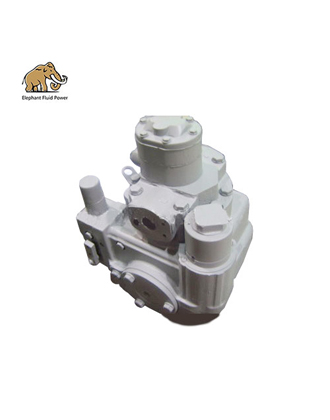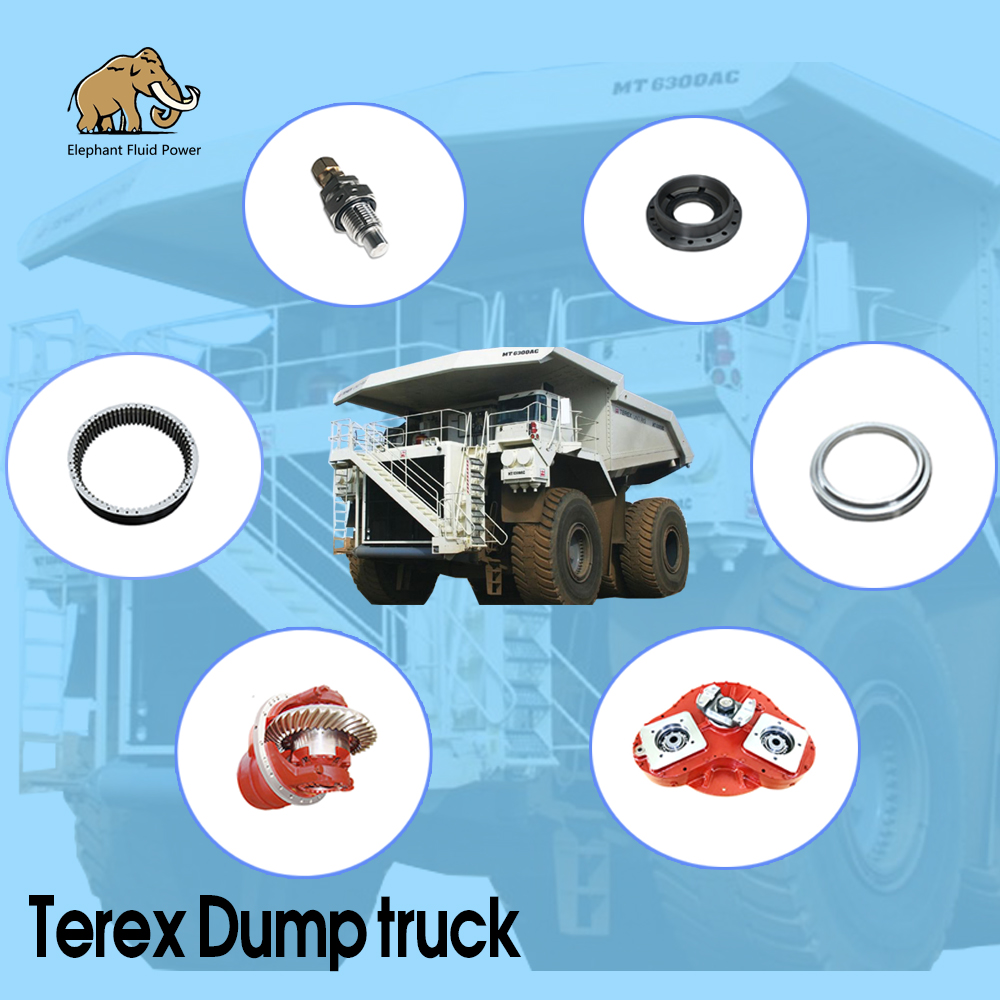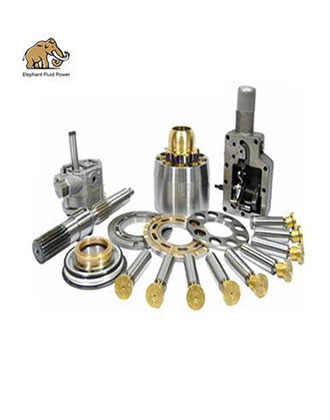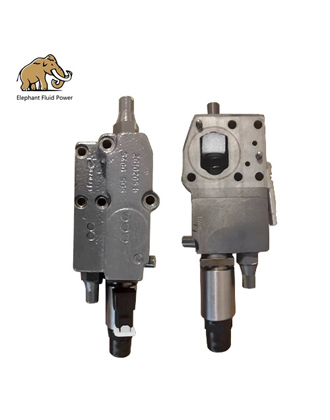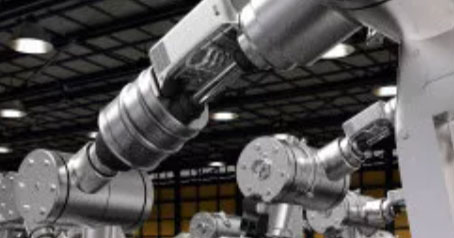Directional control valves are used to control the direction and movement of hydraulic fluid through the system. Often referred to as switching valves, they fall into three main categories: hydraulic check valves, directional spool valves, and poppet valves, which constitute different types of control valves.
1. How to use the directional control valve?
Check valves are the simplest and most common directional control valves often used in hydraulic systems. These valves can be used to block fluid flow in one direction while still allowing fluid to flow freely in the opposite direction. These models are also commonly referred to as check valves.
Directional control valve can also perform a range of other roles in hydraulic systems, including: pre-fill valves for anti-cavitation; bypass valves or return filters; reject one-way flow; pre-fill by creating back pressure in the system tensioning; protecting hydraulic components from pressure fluctuations; most check valves are spring loaded and rely on balls or plates to seal off one-way flow. The directional control valve is designed to reliably isolate circuits without risk of leakage. A range of different elements, including poppet valves with soft seals, are also available in these valves to isolate electrical circuits. As one of the leading directional control valve suppliers, ELEPHANT FLUID POWER provides high-quality directional control valves for you.
2. What is a directional control valve?
These types of directional control valves consist of a moving spool located within the valve housing. The driving force then moves the control spool, allowing the passages within the housing to be connected or disconnected. These types of directional control valves have a unique set of features that make them suitable for different conditions, including: their simplicity makes them inexpensive to produce; low actuation force; high switching power; low levels of losses despite continuous leakage oil; extensive control functions for operator convenience; these types of control valves can be direct-operated or pilot-operated. These valves can be connected to solenoids, mechanically controlled by levers and rollers, or controlled by hydraulic or pneumatic systems. ELEPHANT FLUID POWER can provide premium direcitonal control valves for you.
These types of directional control valves are installed in a housing bore with a threaded connection, which is why they are often referred to as cartridge valves. These valves are suitable for operation up to 1000 bar and can incorporate a range of seat elements including balls, poppets and discs. Some of the key features that make these models very useful include: no leakage; long and reliable product life; high maximum operating capacity; very good sealant properties; their design allows these valves to become tighter as operating pressure increases. Their maximum flow is generally limited compared to other types of control valves, making them unsuitable for systems requiring high flow.
 French
French
 Portuguese
Portuguese
 Russian
Russian
 German
German
 Spanish
Spanish
 Japanese
Japanese
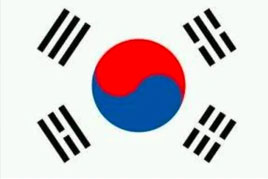 Korean
Korean
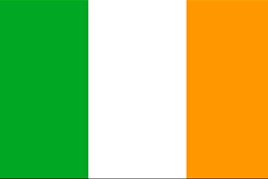 Irish
Irish
 Greek
Greek
 Turkish
Turkish
 Italian
Italian
 Danish
Danish
 Romanian
Romanian
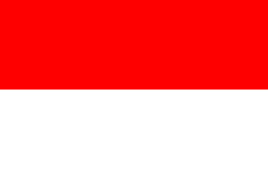 Indonesian
Indonesian
 Czech
Czech
 Afrikaans
Afrikaans
 Swedish
Swedish
 Polish
Polish
 Basque
Basque
 Catalan
Catalan
 Esperanto
Esperanto
 Hindi
Hindi
 Lao
Lao
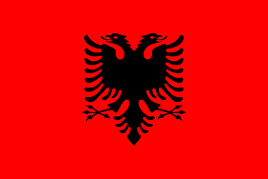 Albanian
Albanian
 Amharic
Amharic
 Armenian
Armenian
 Azerbaijani
Azerbaijani
 Belarusian
Belarusian
 Bengali
Bengali
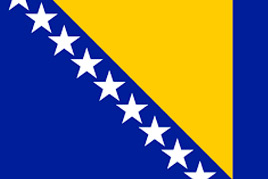 Bosnian
Bosnian
 Bulgarian
Bulgarian
 Cebuano
Cebuano
 Chichewa
Chichewa
 Corsican
Corsican
 Croatian
Croatian
 Dutch
Dutch
 Estonian
Estonian
 Filipino
Filipino
 Finnish
Finnish
 Frisian
Frisian
 Galician
Galician
 Georgian
Georgian
 Gujarati
Gujarati
 Haitian
Haitian
 Hausa
Hausa
 Hawaiian
Hawaiian
 Hebrew
Hebrew
 Hmong
Hmong
 Hungarian
Hungarian
 Icelandic
Icelandic
 Igbo
Igbo
 Javanese
Javanese
 Kannada
Kannada
 Kazakh
Kazakh
 Khmer
Khmer
 Kurdish
Kurdish
 Kyrgyz
Kyrgyz
 Latin
Latin
 Latvian
Latvian
 Lithuanian
Lithuanian
 Luxembourg
Luxembourg
 Macedoniar
Macedoniar
 Malagasy
Malagasy
 Malay
Malay
 Malayalam
Malayalam
 Maltese
Maltese
 Maori
Maori
 Marathi
Marathi
 Mongolian
Mongolian
 Burmese
Burmese
 Nepali
Nepali
 Norwegian
Norwegian
 Pashto
Pashto
 Persian
Persian
 Punjabi
Punjabi
 Serbian
Serbian
 Sesotho
Sesotho
 Sinhala
Sinhala
 Slovak
Slovak
 Slovenian
Slovenian
 Somali
Somali
 Samoan
Samoan
 Scots Gaelic
Scots Gaelic
 Shona
Shona
 Sindhi
Sindhi
 Sundanese
Sundanese
 Swahili
Swahili
 Tajik
Tajik
 Tamil
Tamil
 Telugu
Telugu
 Thai
Thai
 Ukrainian
Ukrainian
 Urdu
Urdu
 Uzbek
Uzbek
 Vietnamese
Vietnamese
 Welsh
Welsh
 Xhosa
Xhosa
 Yiddish
Yiddish
 Yoruba
Yoruba
 Zulu
Zulu

